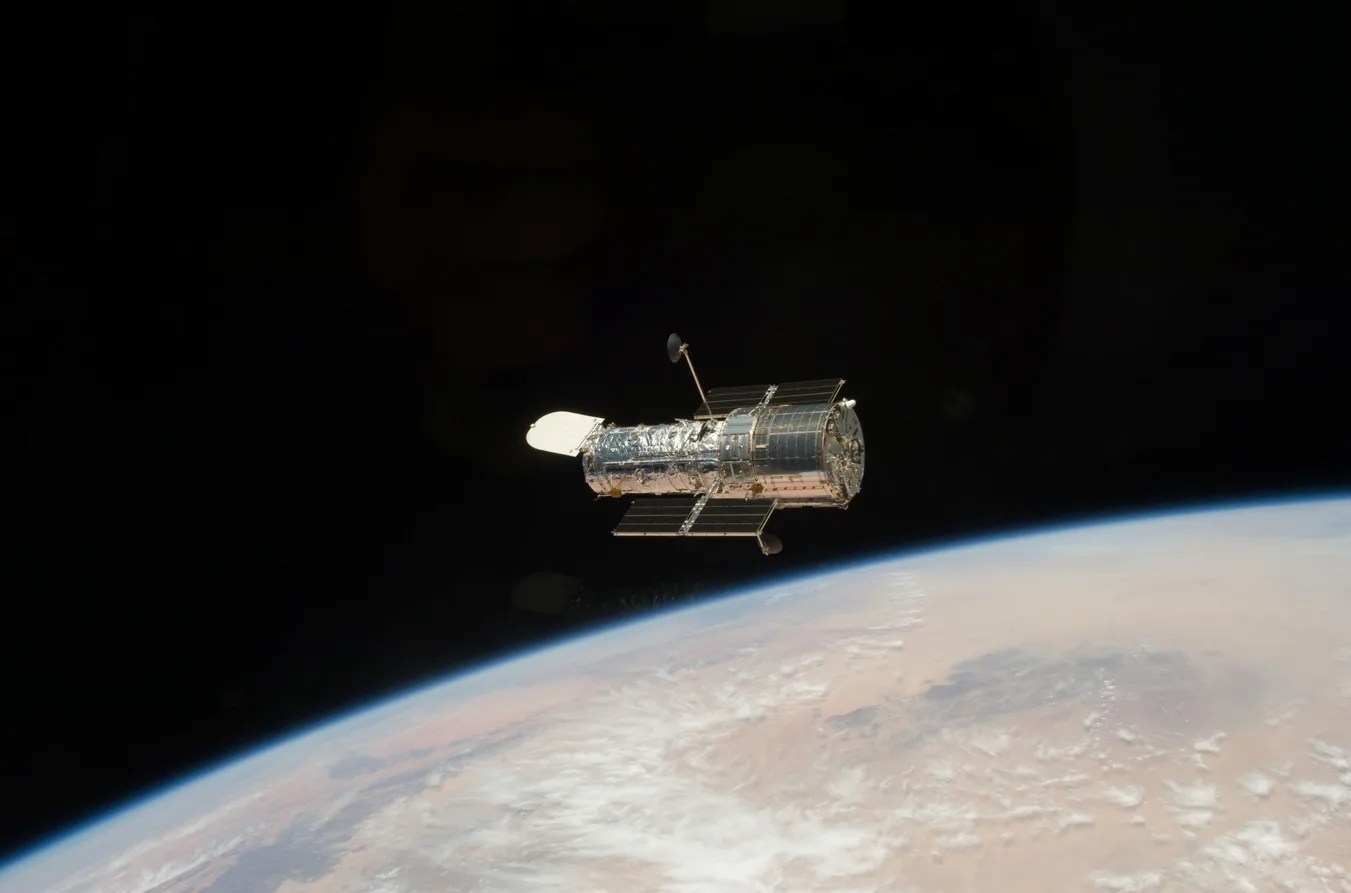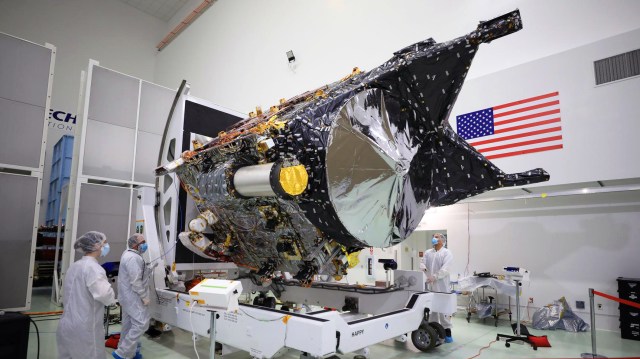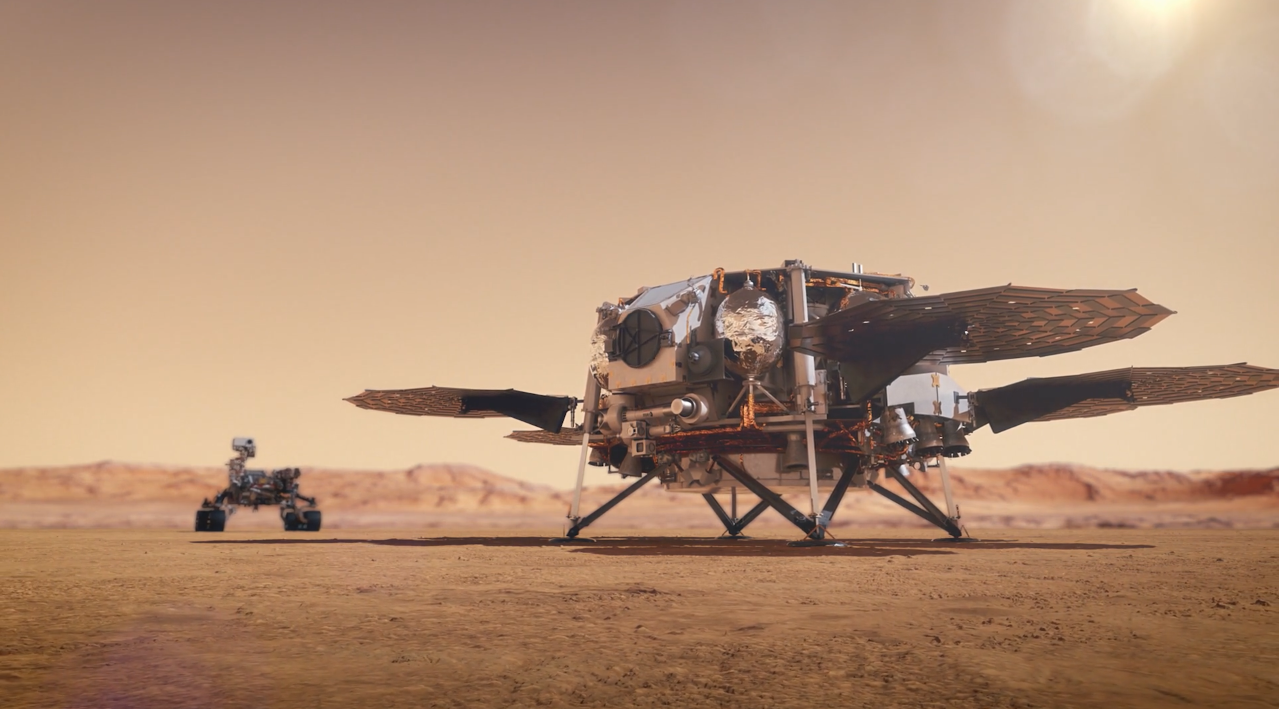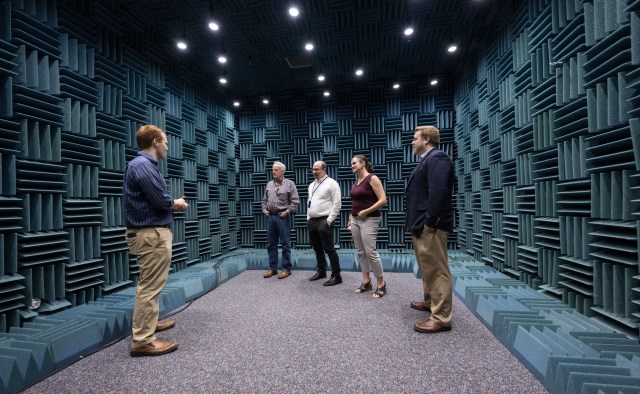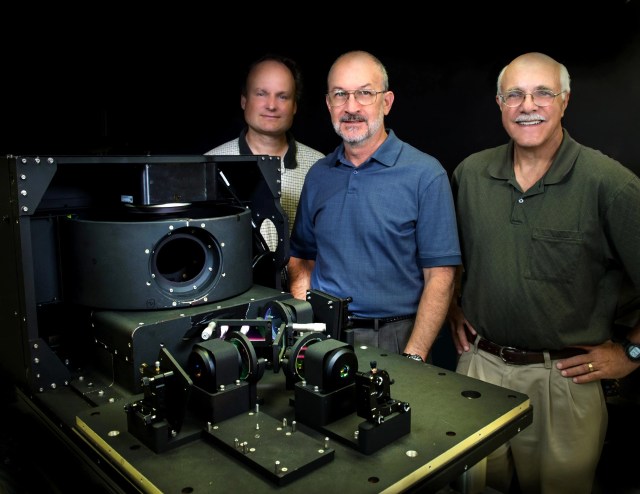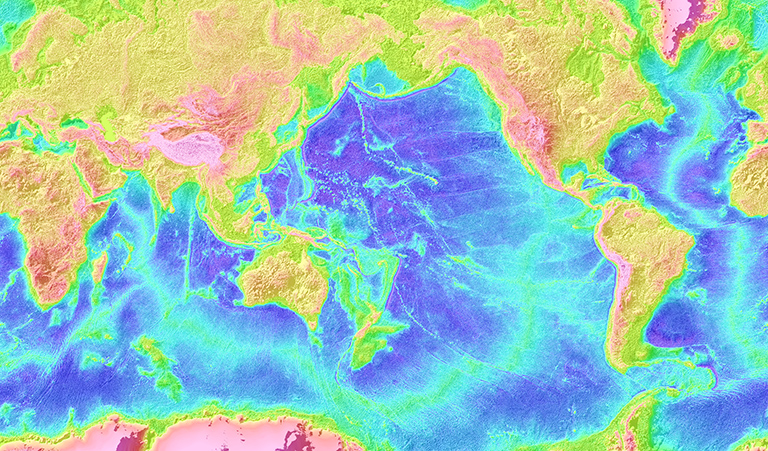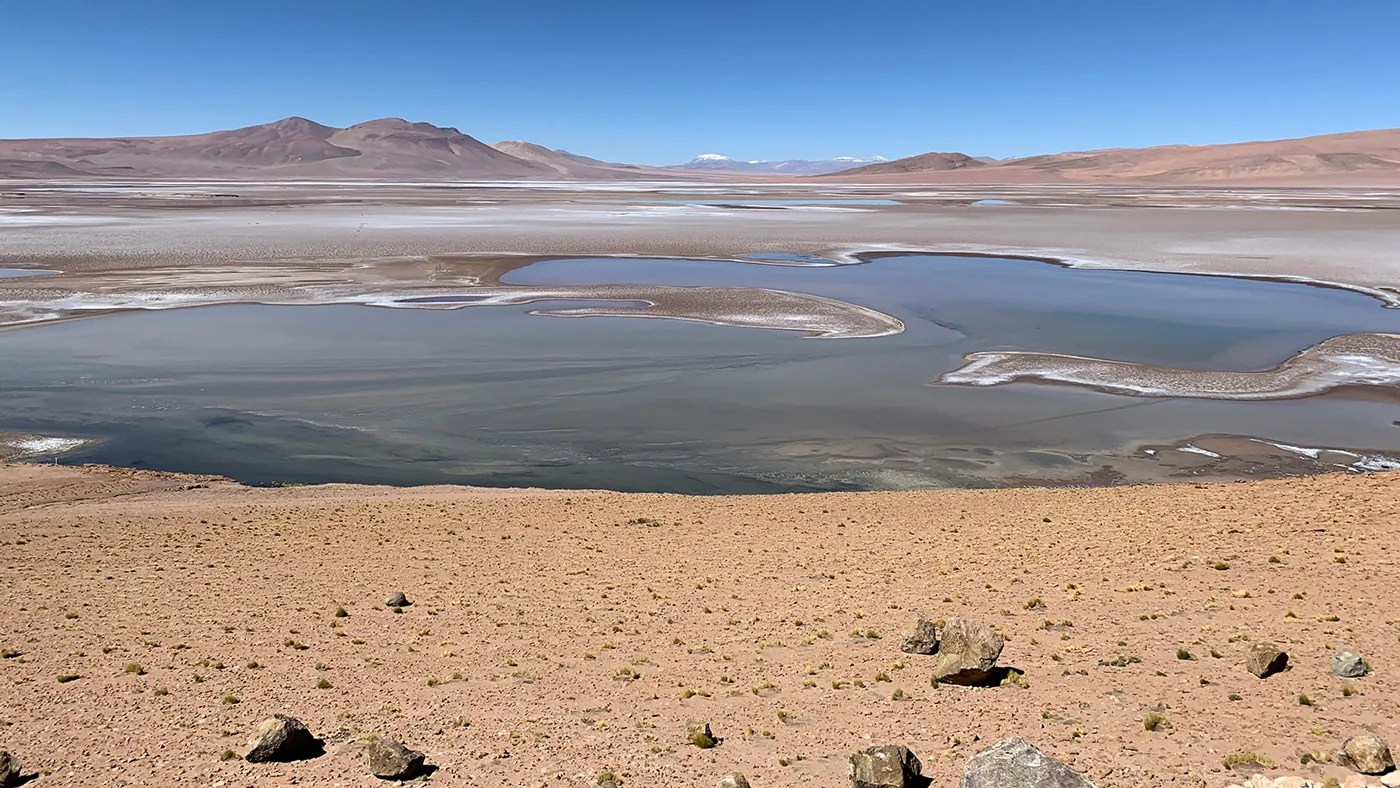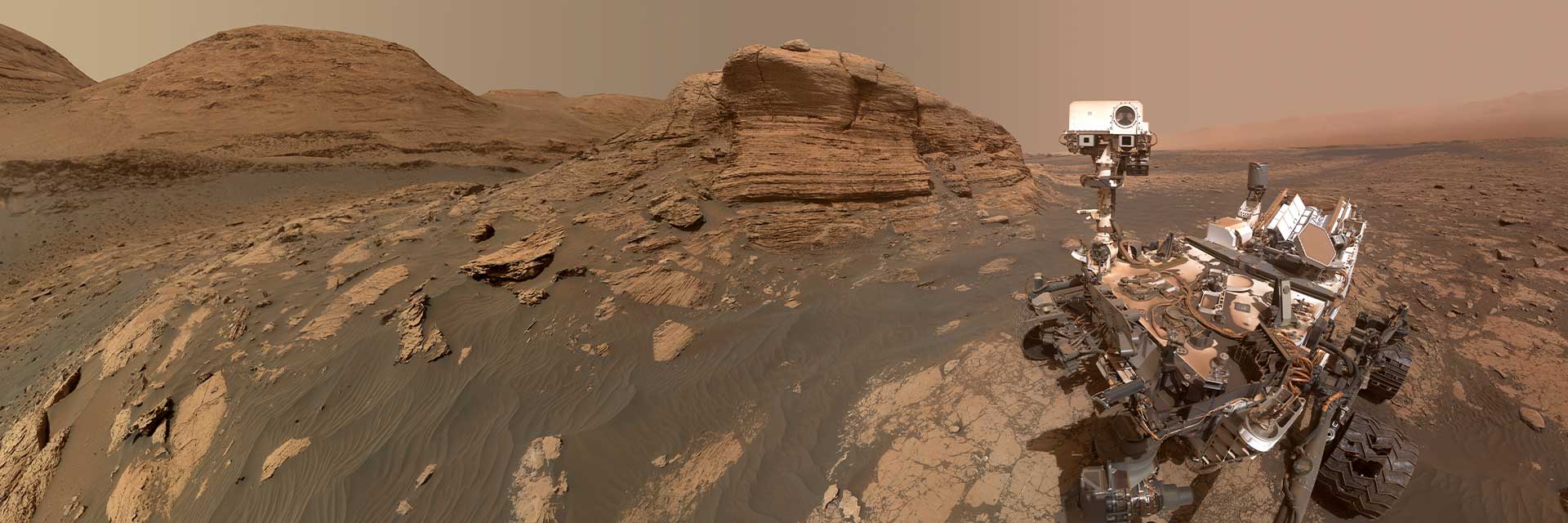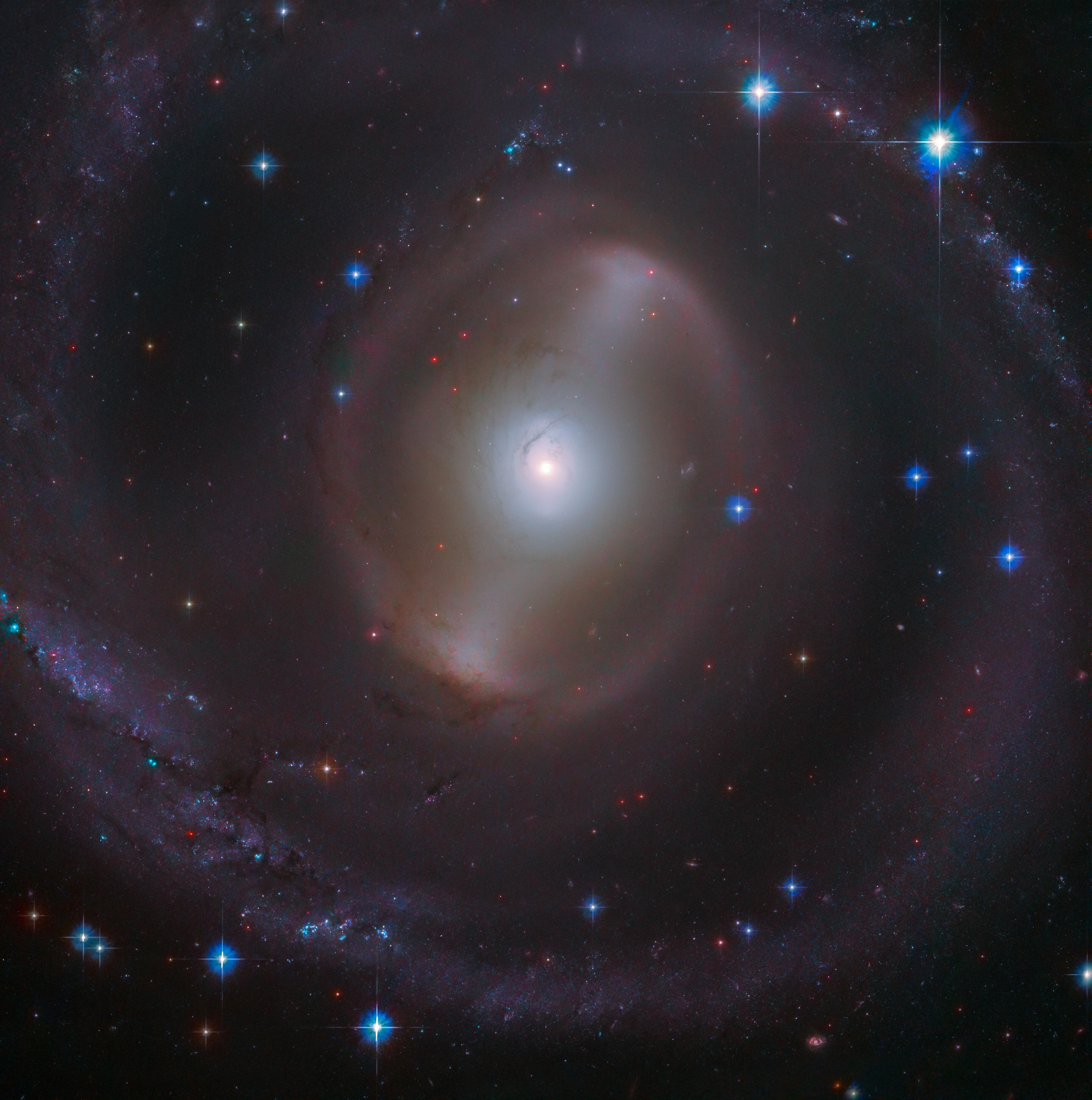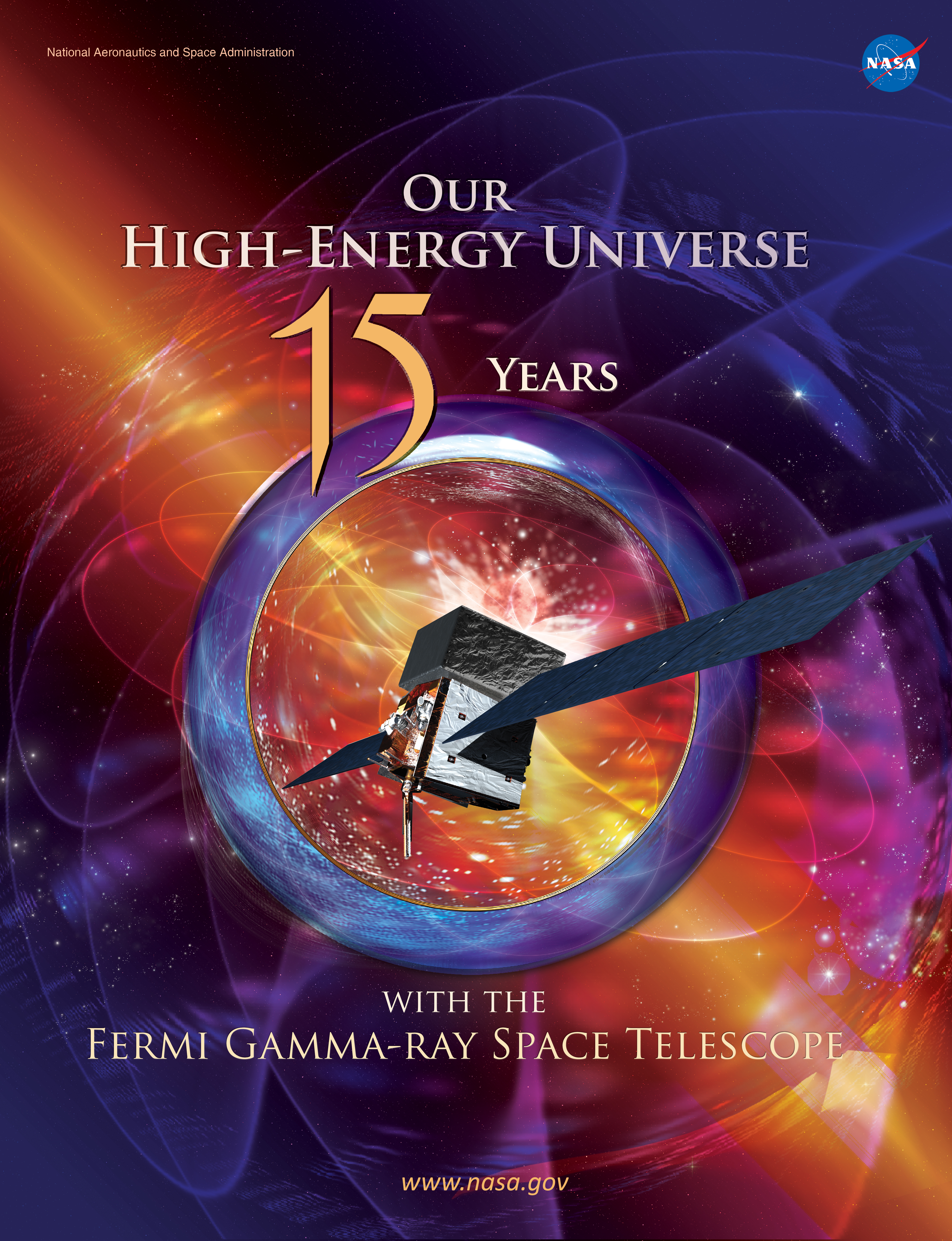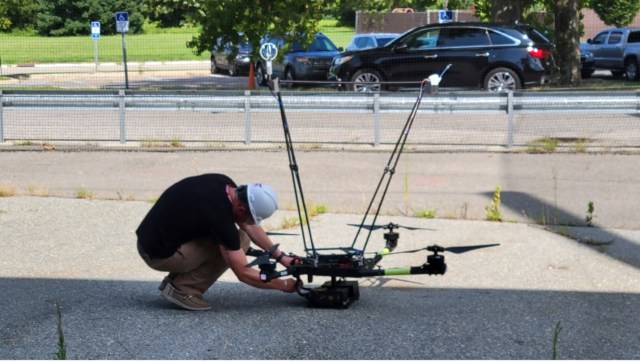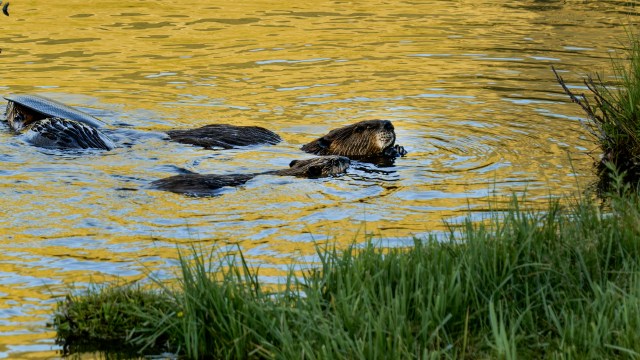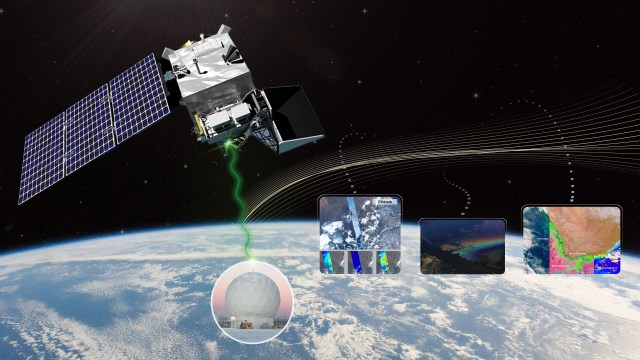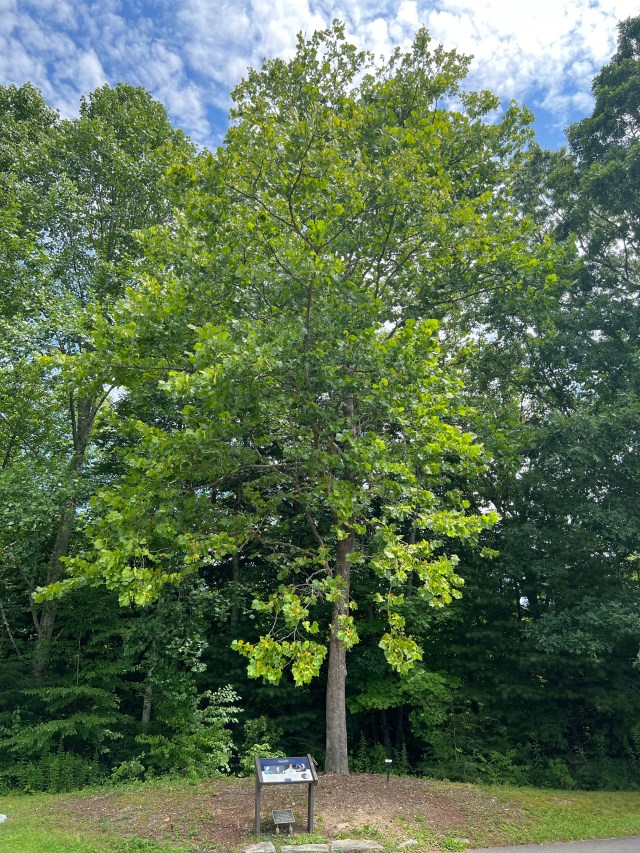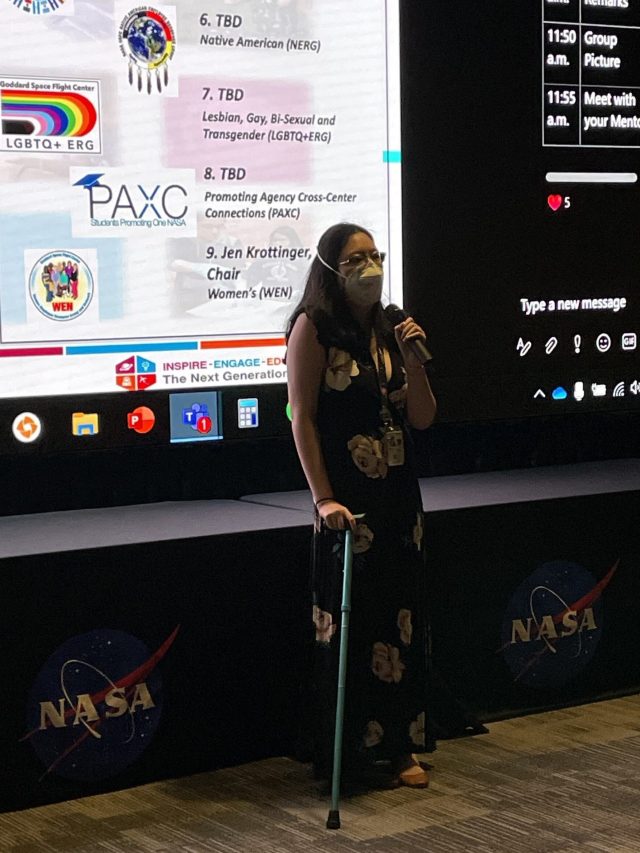Two NASA aircraft are participating in field campaigns beginning this month in Colorado that will probe the factors leading to unhealthy air quality conditions and improve the ability to diagnose air quality conditions from space.
The NASA aircraft will be joined by a research aircraft from the National Science Foundation (NSF) for flights July 16 to Aug. 16 from the Research Aviation Facility maintained by the National Center for Atmospheric Research (NCAR) in Boulder, Colorado.
The main study area extends along the Northern Front Range from the Denver metropolitan area in the south to Fort Collins in the north extending eastward from the mountains as far as Greeley. This area contains a diverse mixture of air pollution sources that include transportation, power generation, oil and gas extraction, agriculture, natural vegetation and episodic wildfires.
The region being studied often experiences ozone levels in summer that exceed national health standards. Ground-level ozone is chemically produced from the combination of nitrogen oxides and hydrocarbon emissions in sunlight.
NASA’s contribution to the effort is called DISCOVER-AQ, which stands for Deriving Information on Surface Conditions from Column and Vertically Resolved Observations Relevant to Air Quality. The Colorado study is the final stop in a series of four field studies by the DISCOVER-AQ team focused on areas across the United States that routinely experience poor air quality. Previous flights focused on the Baltimore-Washington area (2011), California’s San Joaquin Valley (2013), and Houston (2013).
In each study location, DISCOVER-AQ joined with state and local air quality agencies and local universities to implement a comprehensive observing strategy to obtain a three-dimensional view of air pollution over the area. Flights are being closely coordinated with air quality observations on the ground at sites maintained by the Colorado Department of Public Health and Environment and the National Oceanic and Atmospheric Administration.
These detailed observations of air pollution from the surface up into the atmosphere will help improve the capability of future satellites to monitor air quality around the world.
“Satellites looking down through the atmosphere have a difficult time distinguishing between pollution at the surface and aloft,” said DISCOVER-AQ Jim Crawford from NASA Langley Research Center in Hampton, Virginia. “The ‘vertically resolved’ observations gathered by the two NASA planes flying one above the other and above the ground sites offer the details needed to better understand how to connect these two views.”
NASA’s King Air from Langley will fly at 27,000 feet, looking downward with remote sensors to measure the amount of gaseous and particulate pollution below the aircraft. The NASA P-3B from NASA’s Wallops Flight Facility in Wallops Island, Virginia, will sample the vertical distribution of gaseous and particulate pollution by profiling from 1,000 and 15,000 feet above the surface over selected monitoring sites on the ground.
Additional instruments at these ground sites will measure pollution more completely than is typically feasible and to provide continuous monitoring of air quality conditions aloft using remote sensors, balloons, and towers at some locations.
For the Colorado flights, the DISCOVER-AQ mission is collaborating with a second study, the Front Range Air Pollution and Photochemistry Experiment or FRAPPE. Jointly sponsored by the state of Colorado and NSF, FRAPPE will include the NCAR/NSF C-130 research aircraft, as well as additional activities on the ground.
While the DISCOVER-AQ aircraft will be dedicated to sampling over ground sites, FRAPPE will have much more freedom to direct the C-130 to different locations as conditions warrant. This includes flying upwind of the Front Range area to distinguish between local pollutants and those carried in from outside the state, and flying downwind to assess chemical evolution and impacts of pollutants leaving the region.
Another priority will be to target specific pollution sources in the Front Range area, ranging from the urban emissions in the Denver metropolitan area to the agricultural emissions centered in the Greeley area and the broad region of oil and gas extraction activity extending to the northeast of Denver.
The combined studies will produce an unprecedented level of detail for understanding air quality over a metropolitan area.
The U.S. Environmental Protection Agency (EPA) has collaborated with NASA throughout the four DISCOVER-AQ campaign locations. In Denver, the EPA will add air monitoring instruments to the Colorado Department of Public Health and Environment’s Health Alert Network to measure nitrogen dioxide, an important ozone precursor not currently observed at many locations along the Front Range. EPA and others also are evaluating small air quality sensors distributed throughout the network with the potential for widespread use by individuals to monitor personal air quality exposure.
The data gathered this summer and by previous DISCOVER-AQ flights will be used to assess and improve air quality models, design more effective observing strategies for ground networks, and inform the design of planned satellite observations from geostationary orbit. NASA is developing plans for the Tropospheric Emissions: Monitoring of Pollution (TEMPO) mission that will provide hourly air quality observations over North America from an orbit more than 20,000 miles from Earth.
“What we learn from these flights will help us to better interpret satellite remote sensing of air quality from geostationary orbit in the future,” said Crawford. “It also will help us to define the best combination of instruments on the ground to connect air quality monitoring networks with satellite information.”
Journalists who want to take part in a media day from 10 a.m. to noon MDT Tuesday, July 15 should contact Michael Finneran at michael.p.finneran@nasa.gov or David Hosansky, of the National Center for Atmospheric Research, at hosansky@ucar.edu. for access to the Research Aviation Facility in Broomfield, Colorado. Researchers and aircraft will be on hand for interviews, photos and video. The facility is located at the Rocky Mountain Metropolitan Airport.
For more information on DISCOVER-AQ and its partners, visit:
http://discover-aq.larc.nasa.gov
For more information on FRAPPE and its partners, visit:
NASA monitors Earth’s vital signs from land, air and space with a fleet of satellites and ambitious airborne and ground-based observation campaigns. NASA develops new ways to observe and study Earth’s interconnected natural systems with long-term data records and computer analysis tools to better see how our planet is changing. The agency shares this unique knowledge with the global community and works with institutions in the United States and around the world that contribute to understanding and protecting our home planet.
For more information about NASA’s Earth science activities in 2014, visit:
https://www.nasa.gov/earthrightnow
-end-
Steve Cole
Headquarters, Washington
202-358-0918
stephen.e.cole@nasa.gov
Michael Finneran
Langley Research Center, Hampton, Va.
757 864-6100
michael.p.finneran@nasa.gov


